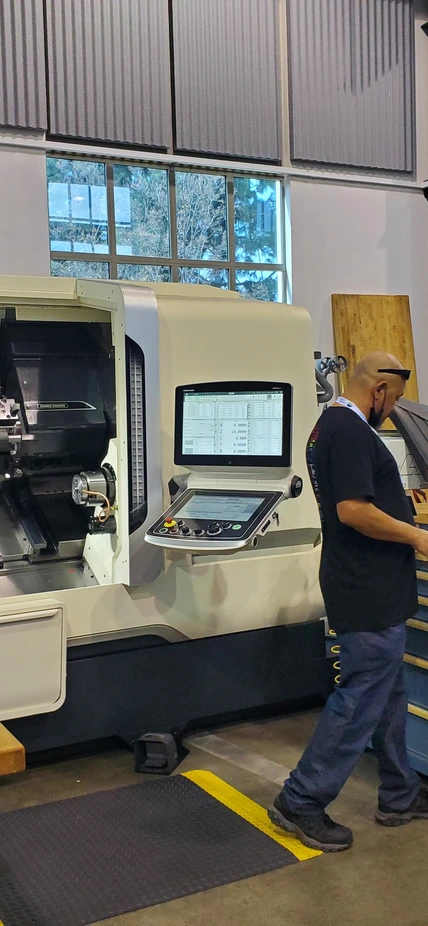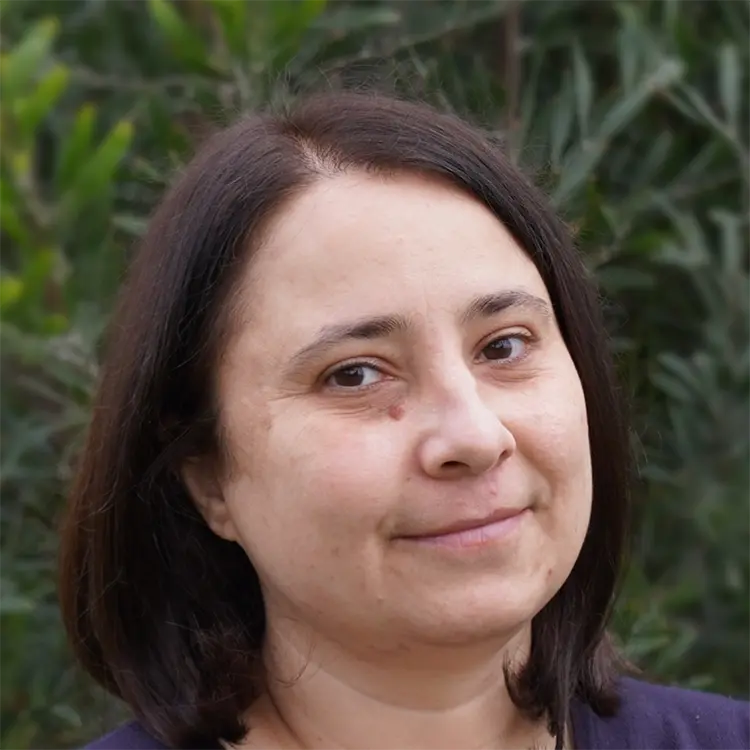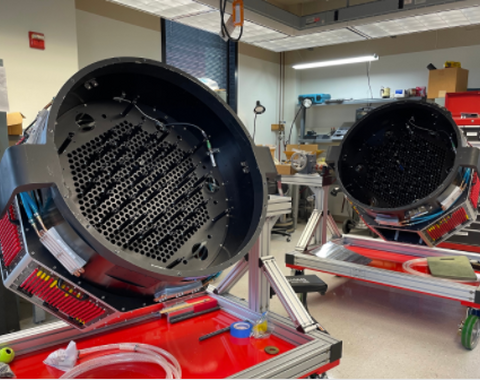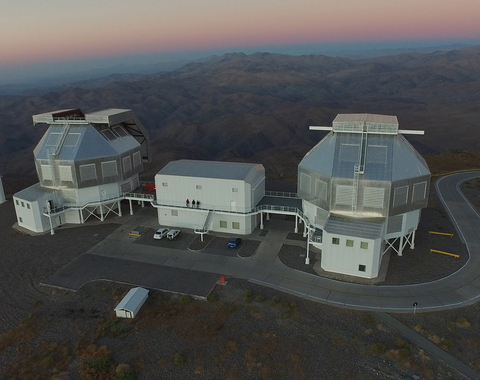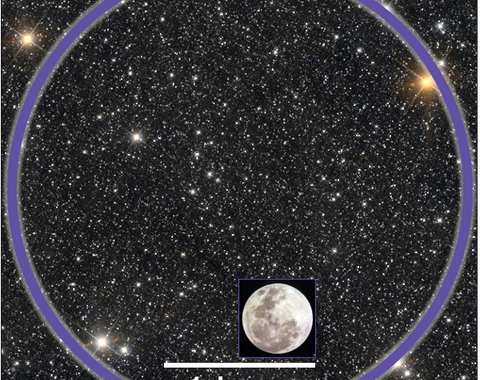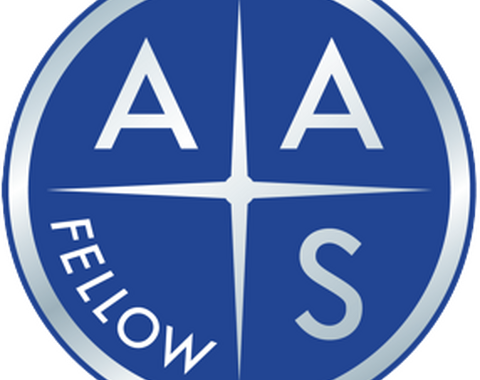We have more than a century of experience designing and building ground-breaking instrumentation for our telescopes.
work closely to create the optical designs of the future.
Together, Carnegie machinists, engineers, and astronomers are building state-of-the-art instruments like the Magellan Infrared Multi-object Spectrograph that use extreme adaptive optics to look back to the earliest period of our universe and to explore exoplanetary atmospheres for signatures of habitability.
Carnegie instrumentation experts are also deeply involved in the fifth iteration of the Sloan Digital Sky Survey, building new capabilities at our Las Campanas Observatory. SDSS-V will focus on three primary areas of investigation, each exploring different aspects of the cosmos using different spectroscopic tools. Together these three project pillars—called “Mappers”—will observe more than six million objects in the sky, and monitor changes in more than a million of those objects over time.
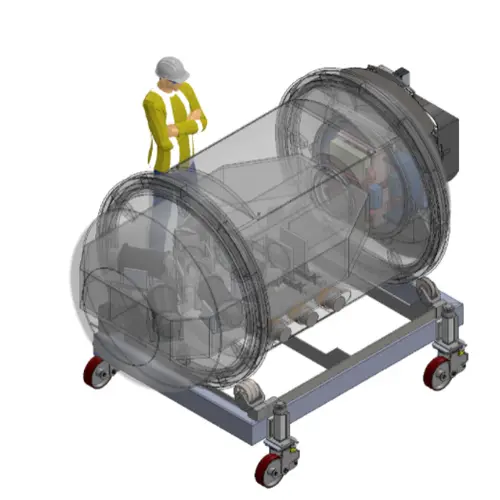
MIRMOS
Learn about the the Magellan Infrared Multiobject Spectrograph, or MIRMOS, which will expand astronomers' view of the sky in the infrared wavelengths of the spectrum and significantly advance the science that is possible using current infrared spectroscopic tools. This new tool will enable astronomers to answer fundamental questions about galaxy formation such as how primordial galaxies changed their surroundings, whether a galaxy’s birthplace determines its destiny, and how galaxies grow within cosmic ecosystems, as well as a novel understanding of exoplanetary atmospheres, which will be key to understanding the evolution of planetary systems beyond our own and to building a framework for detecting life elsewhere.
Visit MIRMOS Site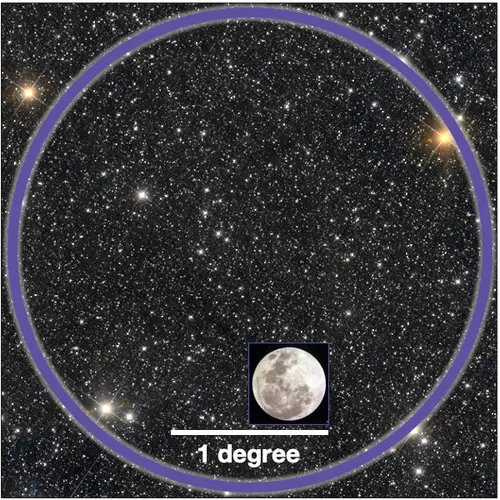
SDSS-V
Learn more about the Sloan Digital Sky Survey's fifth generation, which will deploy three "Mapper" tools to transform our understanding of the cosmos. The survey’s Local Volume Mapper will enhance our understanding of galaxy formation and evolution by probing the interactions between the stars that make up galaxies and the interstellar gas and dust that is dispersed between them. The Milky Way Mapper will reveal the physics of stars in our Milky Way, the diverse architectures of its star and planetary systems, and the chemical enrichment of our galaxy since the early universe. The Black Hole Mapper will measure masses and growth over cosmic time of the supermassive black holes that reside in the hearts of galaxies as well as the smaller black holes left behind when stars die.
Visit SDSS-V Site